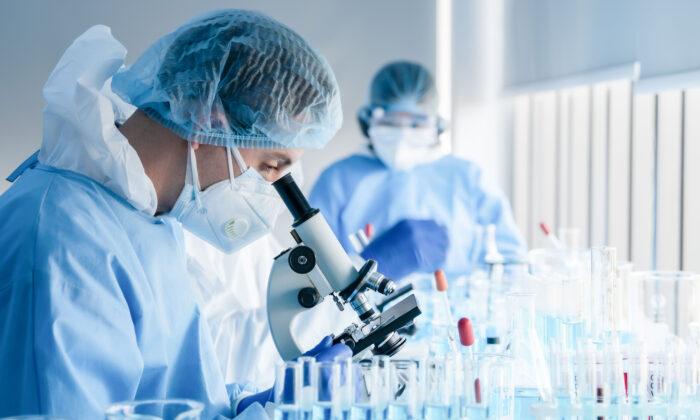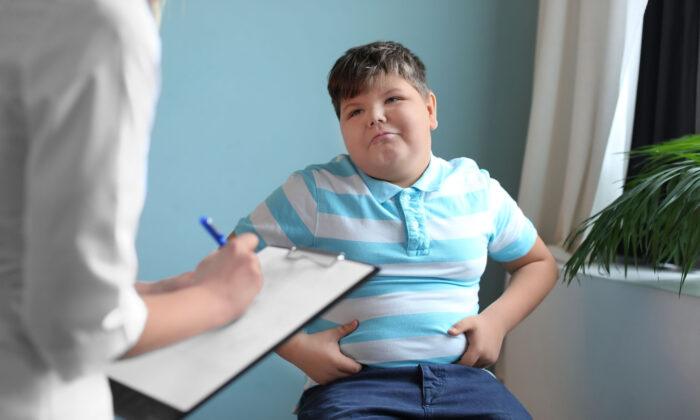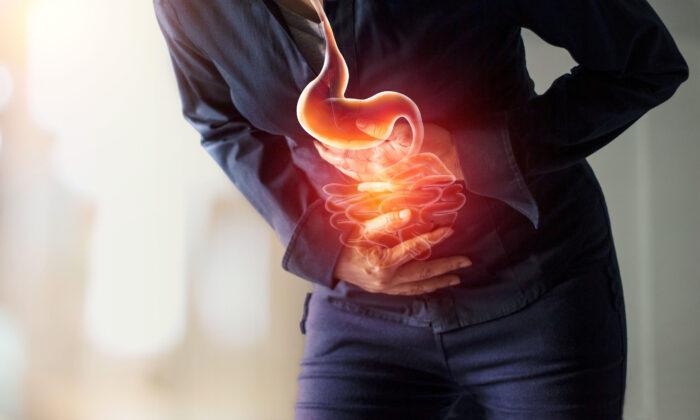China has sold rat meat billed as lamb, gutter oil billed as cooking oil and baby formula contaminated with melamine. In the U.S. its pet food killed many dogs and cats in 2007. But this spring the U.S. agreed to import cooked chickens from China. Why? Because China agreed to accept U.S. beef imports after a 13-year “mad cow” scare in which many countries refused U.S. beef.
In June, Agriculture Secretary Sonny Perdue flew to China to ink the agreement.
No USDA officials will be onsite at the Chinese chicken processing plants. They will, instead, “self-verify” the safety of their food products as plants are increasingly doing in the U.S. under the dubious “Hazard Analysis and Critical Control Points” program. (More on that later.) The National Chicken Council says the processed chicken will have “increased inspection upon entry into the United States” and that substandard exporters will be disqualified. “The good thing about it is our food safety inspection agency, in the USDA, does a marvelous job,” agrees Secretary Perdue.
By the FDA's own audit, six out of eight of the certifiers did not even know what drugs and chemicals were approved in U.S. exports.
Yet a quick look at how the U.S. government ensures the safety of imported shrimp, much of it from Asia, raises many doubts. Take for example the on-site certifiers that the FDA uses to ensure the safety of imported shrimp. By the FDA’s own audit, six out of eight of the certifiers did not even know what drugs and chemicals were approved in U.S. exports. Nice. In addition to problems with data collection and language barriers which the FDA notes, third party certifiers are paid by the companies seeking to export to the U.S. Talk about incentives to look the other way.
Imported food, once it reaches the U.S., is not necessarily safer. Only 200 full-time inspectors police 300 U.S. ports and 96 percent of shrimp shipments are not opened or checked at the ports. The FDA relies on an automated system that flags companies with prior offenses and only then inspects documents, opens shipments or send samples to a lab. If a country is blocked, it often “trans-ships” through a country that is believed to be safe, government inspectors I interviewed told me. According to officials, many China imports are rejected because of “pesticides, bacteria and filth.”
In 2000, the HACCP inspection system was developed by former Monsanto lobbyist Michael Taylor who was appointed the FDA’s Deputy Commissioner for Food by President Obama in 2009. Instead of visually inspecting food as government inspectors used to do, under HACCP they simply ratify that food producers are following systems they created themselves. Yes--“trust us.”
In 2000, the HACCP inspection system was developed by former Monsanto lobbyist Michael Taylor who was appointed the FDA's Deputy Commissioner for Food by President Obama in 2009.
Soon after HACCP was implemented, a study by the Government Accountability Project and Public Citizen found that 62 percent of inspectors surveyed allowed contamination like feces, vomit and metal shards in food under HACCP on a daily or weekly basis, which did not happen before , reported the Hartford Advocate. Almost 20 percent said they'd been instructed not to document violations.
A full 80 percent of 451 inspectors surveyed said HACCP attenuated their ability to enforce the law and the public’s right to know about food safety. No wonder HACCP was dubbed “Have a Cup of Coffee and Pray.”
...a study by the Government Accountability Project and Public Citizen found that 62 percent of inspectors surveyed allowed contamination like feces, vomit and metal shards in food under HACCP on a daily or weekly basis, which did not happen before.
Despite serious health, environmental, worker and humane questions about chicken production, chicken remains a U.S. favorite because of its cheap price----a fact which is driving the Chinese initiative. Over 1.25 billion chicken wings, for example, are eaten on one Super Bowl day. But even in the U.S. chicken will remain cheap if the National Chicken Council has anything to say about it. It is petitioning the USDA to make chicken “kill lines” move faster to produce a cheaper product. Currently, the lines “only” kill 140 birds a minute.
Martha Rosenberg is author of the award-cited food exposé “Born With a Junk Food Deficiency,” distributed by Random House. A nationally known muckraker, she has lectured at the university and medical school level and appeared on radio and television.






